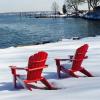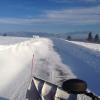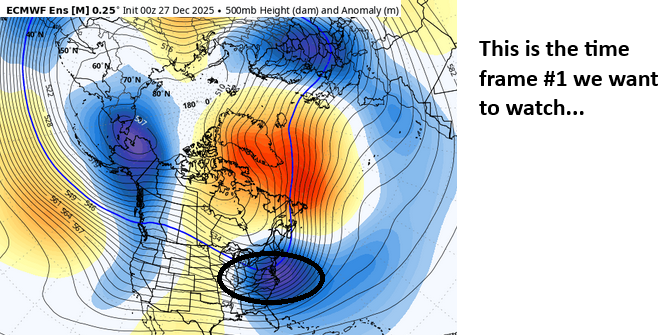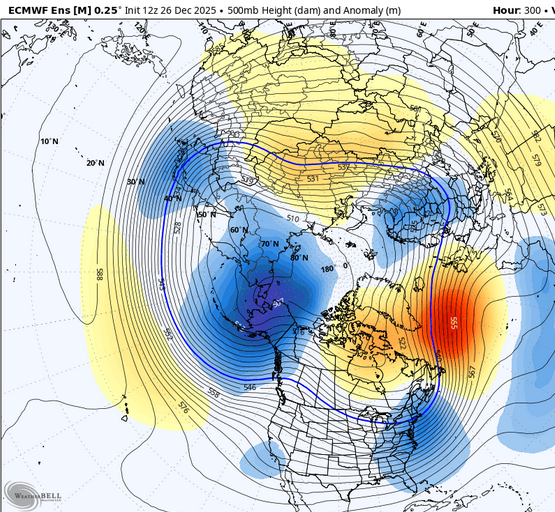
Typhoon Tip
Meteorologist-
Posts
42,375 -
Joined
-
Last visited
About Typhoon Tip
Profile Information
-
Gender
Not Telling
Recent Profile Visitors
-
January 2026 regional war/obs/disco thread
Typhoon Tip replied to Baroclinic Zone's topic in New England
Huh? welcome to the internet, I guess. wtf -
January 2026 regional war/obs/disco thread
Typhoon Tip replied to Baroclinic Zone's topic in New England
And note the complete disappearance of the erstwhile N. Pac. .... emerging +PNA/W. N/A low amplitude height response; may in fact be underdone as this is still an emerging signal. I suspect that to be case. -
January 2026 regional war/obs/disco thread
Typhoon Tip replied to Baroclinic Zone's topic in New England
The indexes are loading the 7th thru the 12th of January, which is well matched with both experience based, as well as recent a-priori on pattern modulation discussed in the ending pages of the prior monthly thread In terms of standard confidence for this range? above normal for +PNA related event(s). Doesn't mean something can't break favorably prior to but from a holistic/all-inclusive field application the front and end of that time range above is the still blurry focus - which means we are free to move it some if needed. I'm not sure about events within the first week itself... That's a modulation time and yes ... events tend to happen when there's big mass-field modulations, but in this case it's gradual improvement of probability from the 1st to 7th ( as in lower to higher). It's almost like the previous pattern resists but then snaps all at once along that range. We'll see how it goes Beyond that's the entry into the weeklies which I find are less useful -
December 2025 regional war/obs/disco thread
Typhoon Tip replied to Torch Tiger's topic in New England
the indexes are loading the 7th thru the 12th of January, which is well matched with both experience based, as well as recent a-priori on pattern modulation In terms of standard confidence for this range? above normal for +PNA related event(s) -
Wounded Duck Strikes Back: Dec 26 & 27th Winter Storm Obs
Typhoon Tip replied to WxWatcher007's topic in New England
Such high ratios, high stack efficiently -
26th-27th event, coming at us like a wounded duck.
Typhoon Tip replied to Go Kart Mozart's topic in New England
The main event! Radar vs the models -
December 2025 regional war/obs/disco thread
Typhoon Tip replied to Torch Tiger's topic in New England
One implicating of losing the -EPO is the relaxation in the flow that takes place down stream over the continent. There's still plenty of cold air around... don't worry. But the upshot is that the gradient slacks off, and that allows the kinematics to conserve at the S/W scale. Right away, the Euro operational run takes advantage of that - whether it is correct or not ( likely not as is - ), the principle of a better pattern for winter enthusiasts immediately materializes there. -
26th-27th event, coming at us like a wounded duck.
Typhoon Tip replied to Go Kart Mozart's topic in New England
Some pretty heavy rad returns smeared out across S. Ontario pressing into Upstate NY. Likely to be an impressive radar display later on coming into the Capital District/SE NY, and as is typical ... you'll look at that and wonder how the hell could that miss. It would be something if one of these times ...just once, it didn't -
December 2025 regional war/obs/disco thread
Typhoon Tip replied to Torch Tiger's topic in New England
The changes are starting out over the vastness of eastern/NE Asia and the relay across the N. arc of the Pacific Basin a bit over a week from now. I discussed this yesterday or the day before whenever that was that the GEPs was first, then joined by the EPS. The wave function producing that resonant -WPO feature out there that has plagued our side of the N. hemisphere is at last depicted to collapse. This is true among all ensemble systems - perhaps more aggressively so in the EPS and Canadian clusters but the GEFs mean's taken some strides. There's a few implications, some speculative... some known - but the caveat being that this all actually takes place. It's really out ~10 day whence the sweep begins... The timing can change, too. By the 300 or so hours out into the temporal range there is an abrupt reversal of the height anomaly distribution over the N. arc up there. Below is the EPS example. Change are coming ... Some very early indicators are +PNA, hinted already above with at least a return of the perennial W. N/A bulge over the Rockies. It's all very primitive. -
26th-27th event, coming at us like a wounded duck.
Typhoon Tip replied to Go Kart Mozart's topic in New England
Hmm a lot of "users" in this "psychotropic crack-house" are not constrained by negations such as the bold ^ ... because it gets in the way of their high. LOL Seriously ... if there were more willingness to objectivity, sans the most jerked off solution, that obvious and true aspect about the NAM would be elaborated upon by more people that just you and I and one or two randoms. But that's not what this engagement's all about. -
December 2025 regional war/obs/disco thread
Typhoon Tip replied to Torch Tiger's topic in New England
You might be in luck … Major guard change signaled in the extended GEPS with coherent collapse of that remarkably persistent and intense -WPO, now being joined by the extended EPS. GEFs lag but I suspect it’s a matter of time …~ 10th+ of Jan This will send the roulette wheel for a turn … at least introducing footprints less neg interfering with the +PNA hemisphere … sorely lacking so far this cold season with that erstwhile signal - other than unstable quickly transient moments. 30th is a good example of this … That -WPO is an unusual/historic scenario and its sending odd wave signatures radically down stream. Need to get this inside of day 10 first -
26th-27th event, coming at us like a wounded duck.
Typhoon Tip replied to Go Kart Mozart's topic in New England
The track on this deal is as set as it can be. Variances that occur are within noise/acceptable error and not really predetermined It's the amplitude and QPF verification that is in question -
26th-27th event, coming at us like a wounded duck.
Typhoon Tip replied to Go Kart Mozart's topic in New England
The whole system seems a bit over-wrought. Wouldn't be the first time the guidance proved too amped ... Then in now-cast the lower edge of verification starts materializing ... Thing is, source-origin and climo. It's not favoring upper ranged numbers. This event is born of a dry sourced polar wave (clipper-esque), and isn't joining or phasing with a deeper moisture source - only the Lakes upstream as a moisture inject ... and it's not physically very clear that's actually being sourced, either. Additionally, it is moving fast. It smacks a little like over-cooked QPF moving above climatology velocities through the area. Could snow hard but too briefly. Will go ahead with the consensus but ... I won't personally be surprised if this under performs by some. -
26th-27th event, coming at us like a wounded duck.
Typhoon Tip replied to Go Kart Mozart's topic in New England
It's conceptually interesting ... who would have thunk we'd be playing needle threader head games on a NW-SE trajectory. haha. wow. Just got back from eve stuff so way behind, but I just remember the runs from 00z last night and comparing to this new NAM run reminds me of playing that game but I've just not seen it from this direction. fascinating -
December 2025 regional war/obs/disco thread
Typhoon Tip replied to Torch Tiger's topic in New England
coming almost straight S ...limited/no moderation before ALB-BOS gets loaded. Kind of a brief 'Montreal Express' looking at the sfc PP.


















